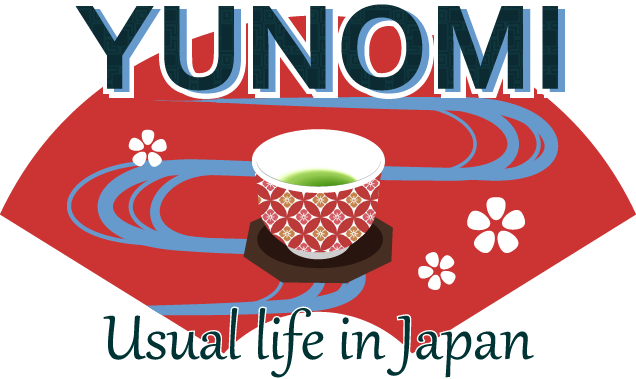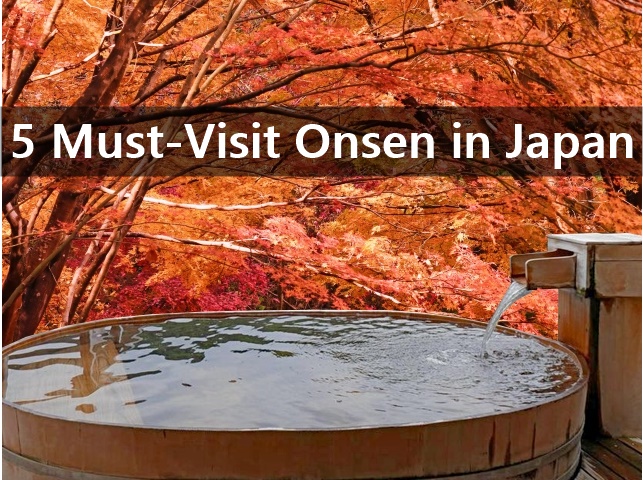Japan is home to countless hot springs (onsen), each offering unique healing properties and beautiful surroundings. Whether you're new to hot springs or a seasoned visitor, this guide will introduce you to five of the most famous onsen in Japan.
These destinations are perfect for relaxation and recharging your body and mind, with easy access from major cities like Tokyo and Osaka.
1. Hakone Onsen (Kanagawa)
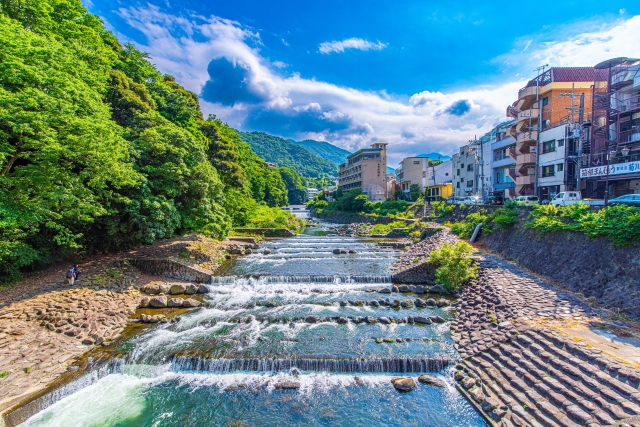
Access from Tokyo
- Distance: Approx. 85 km
- Travel Time: About 1.5 hours by train (Odakyu Romancecar from Shinjuku)
Key Features and Recommendations
Hakone Onsen is one of the most popular hot spring destinations due to its easy access from Tokyo, making it a perfect escape for those looking to relax from the hustle and bustle of city life.
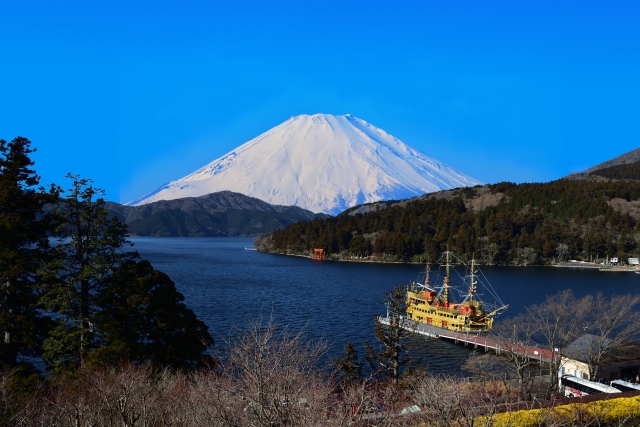 Nestled in a rich natural environment, Hakone offers stunning seasonal landscapes, particularly from the outdoor baths with views of Lake Ashi and Mount Fuji.
Nestled in a rich natural environment, Hakone offers stunning seasonal landscapes, particularly from the outdoor baths with views of Lake Ashi and Mount Fuji.
The combination of hot springs and sightseeing opportunities, such as the Hakone Open-Air Museum and Owakudani, make Hakone an ideal destination for both families and couples.
Hakone also boasts a wide variety of hot spring facilities, allowing visitors to enjoy different types of spring water.
Whether you're visiting for the day or staying overnight, the extensive options cater to all preferences, from luxury ryokan to more budget-friendly accommodations.
Hot Spring Type
- Sulfur springs, chloride springs, bicarbonate springs
- Benefits: Relieves neuralgia, muscle pain, and promotes skin health
Visitor Reviews
"Hakone is super convenient from Tokyo, and perfect for a day trip.
The views of Lake Ashi are amazing, especially from the open-air baths. My skin felt so smooth after soaking in the mineral-rich water. A very relaxing experience!"
(30s, Female, USA)
"We took a family trip to Hakone and stayed in a traditional ryokan.
The onsen was great, and we also loved the nearby attractions like Owakudani. Hakone is the perfect blend of hot springs and sightseeing."
(40s, Male, Australia)
2. Kusatsu Onsen (Gunma)
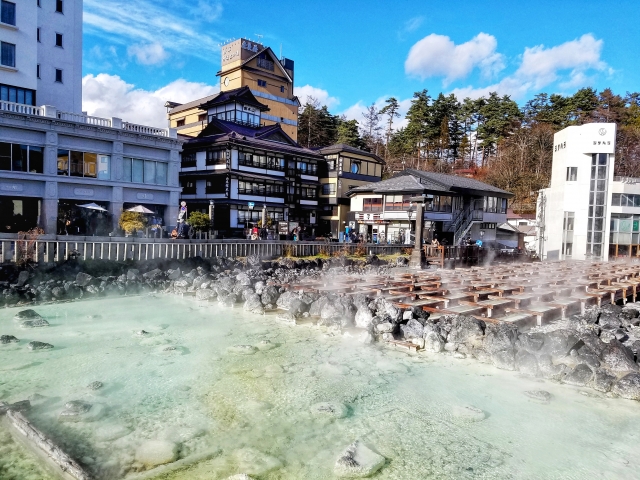
Access from Tokyo
- Distance: Approx. 180 km
- Travel Time: About 2.5 hours by train and bus (from Ueno via JR Limited Express Kusatsu or via Naganohara Kusatsuguchi Station)
Key Features and Recommendations
Kusatsu Onsen is renowned for its abundant hot water supply and high acidity, making it one of Japan’s most famous hot spring destinations.
With over 32,000 liters of water gushing out every minute, Kusatsu is often referred to as the “King of Hot Springs.” The town’s centerpiece, the Yubatake (hot water field), is a symbol of Kusatsu and provides a striking visual of the continuous flow of hot water.
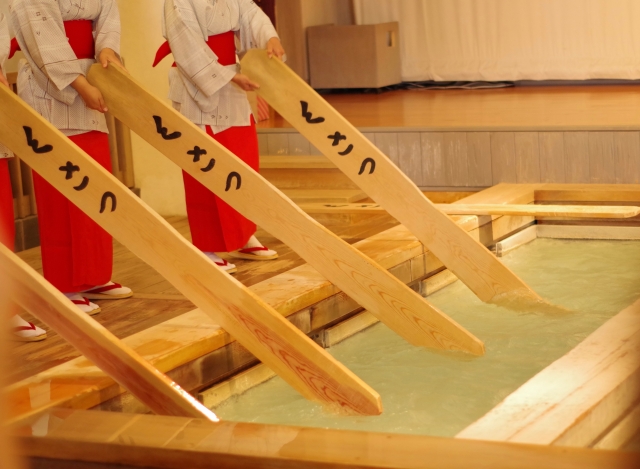
The highly acidic water in Kusatsu is known for its powerful antibacterial properties, making it particularly effective for skin conditions and fatigue. The strong sulfur springs also help to tighten the skin. Additionally, Kusatsu’s unique “yumomi” (water-stirring) tradition is a popular cultural experience for visitors.
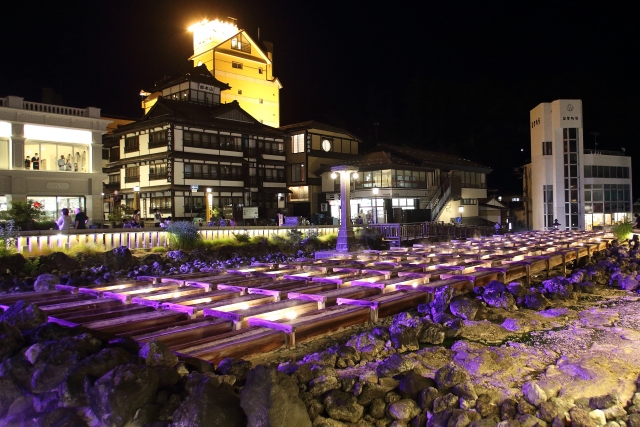
Kusatsu offers a wide range of accommodations, from budget inns to luxurious ryokan, making it accessible to all types of travelers. The charming onsen town atmosphere is perfect for an evening stroll, especially when the Yubatake is beautifully illuminated.
Hot Spring Type
- Acidic sulfur springs
- Benefits: Highly effective for skin conditions, joint pain, and rheumatism
Visitor Reviews
"The Yubatake in Kusatsu was even more impressive than I expected! The hot water has a very high temperature, but it left my skin feeling tight and refreshed. Watching the traditional yumomi was a unique cultural experience."
(20s, Female, France)
"I’ve never experienced such acidic hot springs before, but it was incredibly refreshing. If you have skin issues, this place is a must. The hot spring town also has a great traditional atmosphere, perfect for a relaxing walk."
(50s, Male, Canada)
3. Arima Onsen (Hyogo)
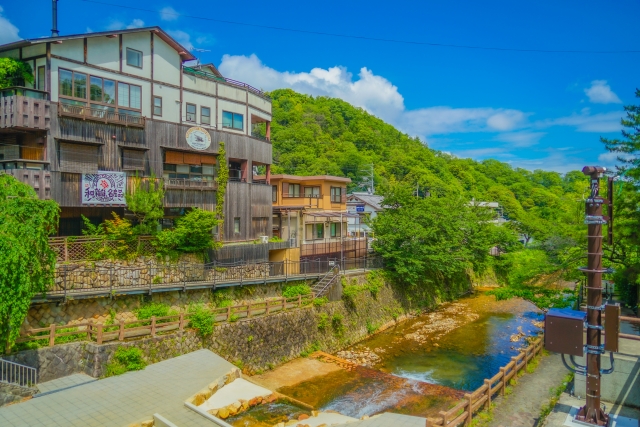
Access from Osaka
- Distance: Approx. 35 km
- Travel Time: About 1 hour by train and bus (from Osaka via JR Fukuchiyama Line or via Sannomiya Station)
Key Features and Recommendations
Arima Onsen is one of Japan’s oldest and most prestigious hot spring resorts, cherished by locals and tourists alike.
Easily accessible from Osaka and Kobe, this historic town offers a perfect retreat from urban life, with a deep sense of tradition and history.
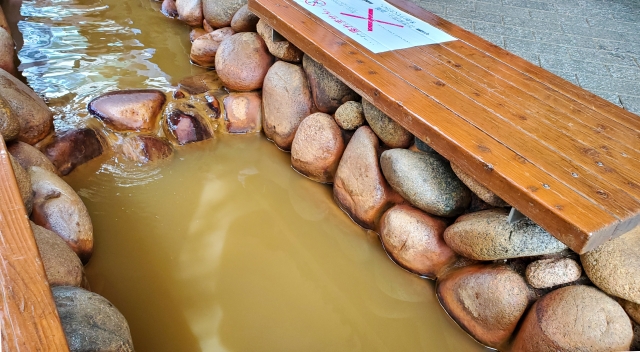
The main attraction of Arima Onsen is the availability of two distinct types of hot springs.
The reddish-brown "Kinsen" (gold spring) is rich in iron and salt, promoting blood circulation and providing excellent heat retention.
On the other hand, the clear "Ginsen" (silver spring) is a gentle carbonated and radium spring, ideal for relaxation. Strolling through the town’s historic streets, visitors can explore traditional buildings and quaint shops.
Arima Onsen is also home to many high-end ryokan and hotels, where guests can indulge in luxurious accommodations and impeccable service. While a day trip is possible, staying overnight allows for a more immersive experience in this tranquil setting.
Hot Spring Type
- Kinsen (iron-rich chloride spring): Reddish-brown water
- Ginsen (carbonated and radium springs): Clear, gentle water
- Benefits: Alleviates nerve pain, joint pain, fatigue, and poor circulation
Visitor Reviews
"The reddish water of Kinsen was unlike anything I’d ever seen. It left me feeling warm for hours after my bath. Arima Onsen also has a great history, and the town itself is charming and relaxing."
(40s, Female, UK)
"Experiencing both Kinsen and Ginsen was a real treat. The salt-rich Kinsen really warmed me up, while Ginsen was softer and very relaxing. I’m definitely coming back with my family next time."
(30s, Male, South Korea)
4. Beppu Onsen (Oita)
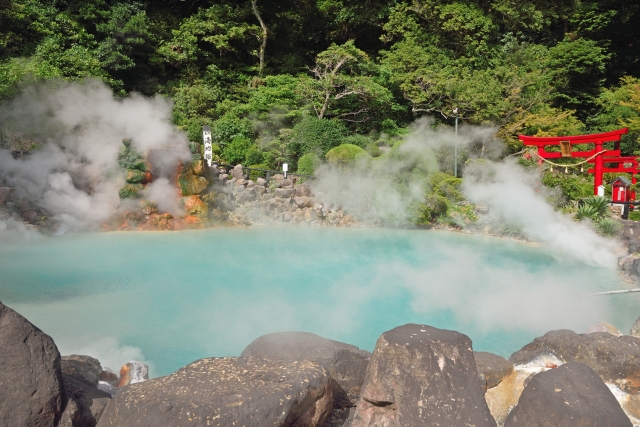
Access from Osaka
- Distance: Approx. 500 km
- Travel Time: About 1.5 hours by plane (from Osaka Itami to Oita Airport) or about 3 hours by train (via Hakata Station)
Key Features and Recommendations
Beppu Onsen is one of the world’s most prolific hot spring areas, known for its high output of hot water and its variety of spring types. The city is famous for its “Hell Tour” (Jigoku Meguri), where visitors can witness unique, steaming landscapes that are characteristic of Beppu’s geothermal activity.
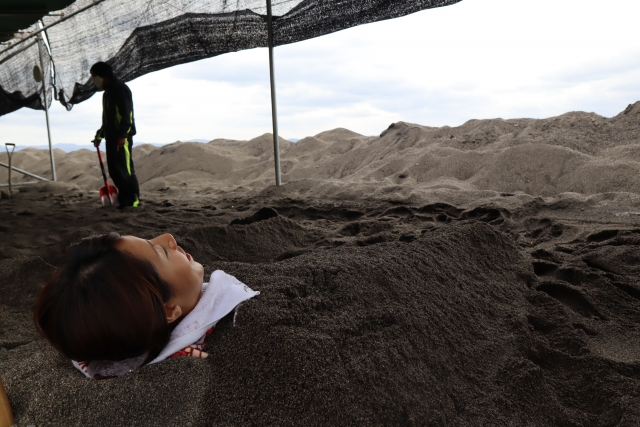
The real charm of Beppu lies in its diverse range of hot spring experiences. Visitors can enjoy mud baths, sand baths, and steam baths—uncommon in other hot spring areas. The sand baths, in particular, involve being buried in naturally heated sand, offering a deeply relaxing experience.
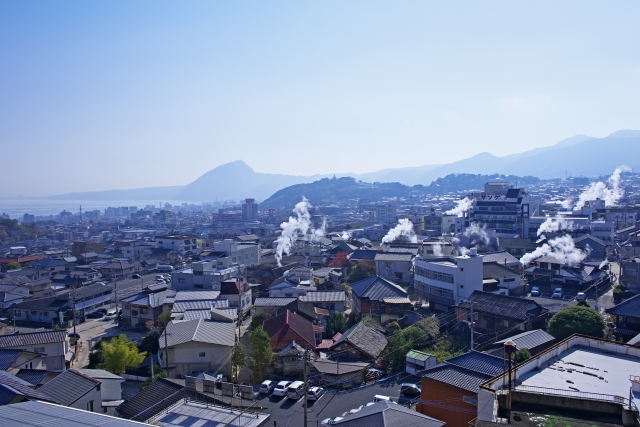
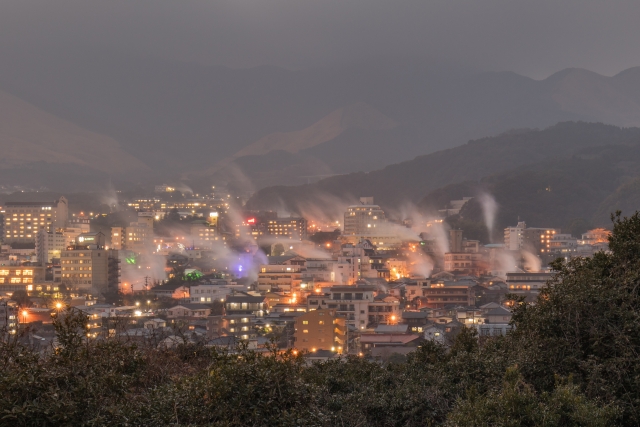
The nostalgic atmosphere of Beppu’s old onsen town adds to its appeal, where you can stroll through streets lined with traditional buildings and enjoy locally steamed cuisine. Beppu’s accommodations cater to all kinds of travelers, from families to solo adventurers, making it a versatile destination for any itinerary.
Hot Spring Type
- Sulfur springs, chloride springs, bicarbonate springs, acidic springs
- Benefits: Helps with skin conditions, muscle pain, and rheumatism
Visitor Reviews
"The Hell Tour in Beppu was incredible! The variety of hot springs, from mud baths to sand baths, made the experience unforgettable. There’s so much to see and do in Beppu, and the local steamed food was fantastic."
(20s, Male, Singapore)
"Beppu is a hot spring lover’s dream. I tried the sand baths and felt completely rejuvenated. There are so many types of springs here, it’s a great place to fully experience Japan’s onsen culture."
(50s, Female, USA)
5. Noboribetsu Onsen (Hokkaido)
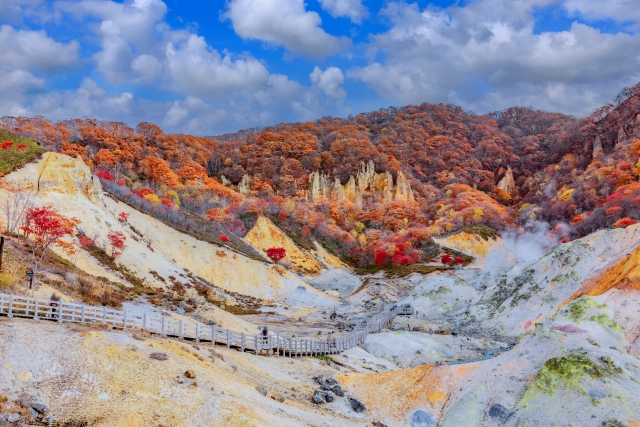
Access from Tokyo
- Distance: Approx. 800 km
- Travel Time: About 1.5 hours by plane (from Haneda Airport to New Chitose Airport), plus 1 hour by bus
Key Features and Recommendations
Noboribetsu Onsen is Hokkaido’s most famous hot spring resort, offering a rich variety of hot springs, particularly sulfur springs known for their strong medicinal properties. The nearby Jigokudani (Hell Valley) is a must-visit attraction, where visitors can observe the dramatic, steaming landscape created by volcanic activity.
During winter, Noboribetsu’s outdoor baths offer a unique experience as you soak while surrounded by snowy scenery, providing a sense of escape and tranquility.
The sulfur-rich waters are especially effective for relieving cold symptoms, fatigue, and muscle pain.
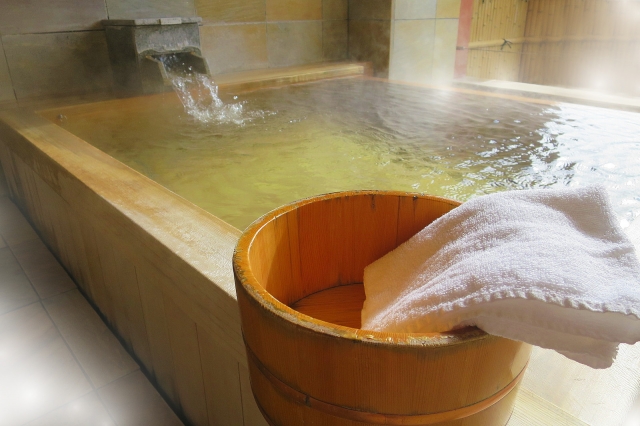
Noboribetsu offers a range of accommodations, from luxurious hot spring resorts to more casual lodgings, ensuring that all visitors can find something to suit their needs.
For those looking to indulge, private open-air baths attached to guest rooms are a popular choice, offering a personal retreat within this renowned hot spring destination.
Hot Spring Type
- Sulfur springs, chloride springs, iron springs
- Benefits: Relieves nerve pain, joint pain, fatigue, and cold sensitivity
Visitor Reviews
"Noboribetsu is best visited in winter. The snow-covered landscape made the open-air bath feel like something out of a dream. The strong sulfur smell gives it a true hot spring atmosphere, and the peaceful town is perfect for relaxing."
(30s, Female, Germany)
"The view of Jigokudani was breathtaking, and the hot springs were incredibly relaxing. If you’re in Hokkaido, Noboribetsu is definitely worth a visit."
(40s, Male, New Zealand)
Conclusion
Japan offers an incredible variety of hot springs, each with its own unique qualities and benefits. Whether you’re looking for relaxation, healing properties, or a cultural experience, these five onsen provide the perfect escape.
With convenient access from Tokyo and Osaka, your next rejuvenating trip to one of Japan’s top hot spring destinations is just a plan away!
